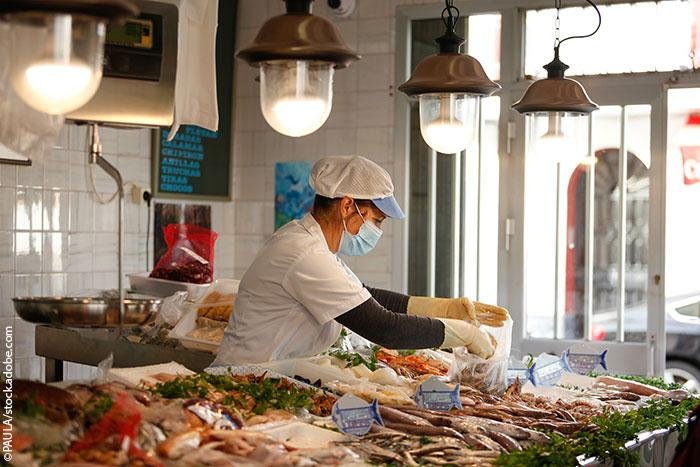EU consumers have eaten more fresh seafood products at home, mostly due to the impact of COVID-19 on the restaurant and hotel sector
The Commission has released the EU Fish Market Report 2024, focusing on the fishery and aquaculture market’s performance in 2022-2023.
According to the report, 2023 saw a decrease in at-home fresh seafood consumption due to rising prices. From 2019 to 2022, EU consumers have eaten more fresh seafood products at home, mostly due to the impact of COVID-19 on the restaurant and hotel sector. That positive trend is now over, and by 2023 household consumption of fresh fish had plummeted to its lowest level.
This downward trend in household consumption can largely be attributed to the current economic and geopolitical climate, which has led to an increase in inflation, weighing heavily on consumers’ purchasing power at the retail level. Because of rising prices, household spending on fresh fishery and aquaculture products rose by 6 per cent over 2022, continuing the upward trend that began in 2018.
The European Union saw a decrease in the total value and volume of seafood trade in 2023 compared to 2022.
The total value of EU seafood trade decreased by 2 per cent and the volume decreased by 4 per cent.
The EU imported more seafood from other countries than it exported. In 2023, the EU imported seafood worth around 30 billion euros, which is 6 per cent less than in 2022.
The EU also imported less seafood in terms of volume, dropping to 5.9 million tonnes, which is below the pre-pandemic levels.
EU seafood exports, which are sales of seafood to countries outside the EU, decreased in both value and volume.
These figures reflect the wider context of the economic and geopolitical climate of recent years, including the EU’s inflation rate.







